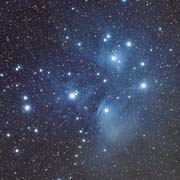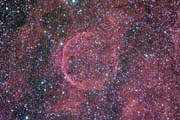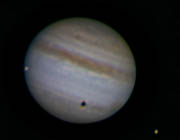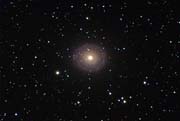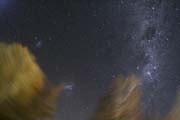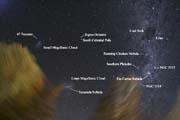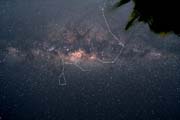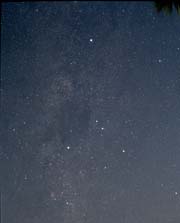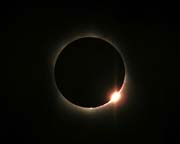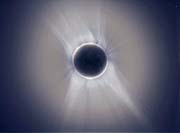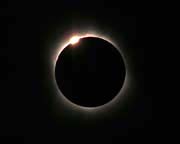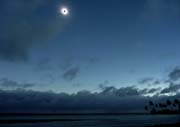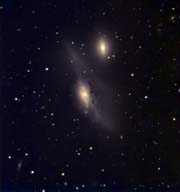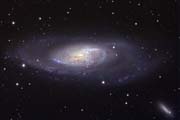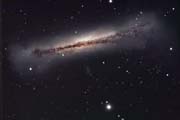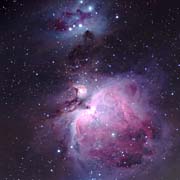Messier 45, the Pleiades or Seven Sisters in Taurus is a well known bright cluster, beautiful in binoculars. But to see the full beauty of the surrounding nebulosity long exposure photography is a must. And I'm quite pleased with my latest version here! The night of 12th November 2010 remained clear despite a stiff breeze, and I was able to obtain 13 x 10 minute exposures using my SBIG ST-4000XCM one-shot colour camera on the TMB 105 refractor with William Optics .8 reducer/corrector.
